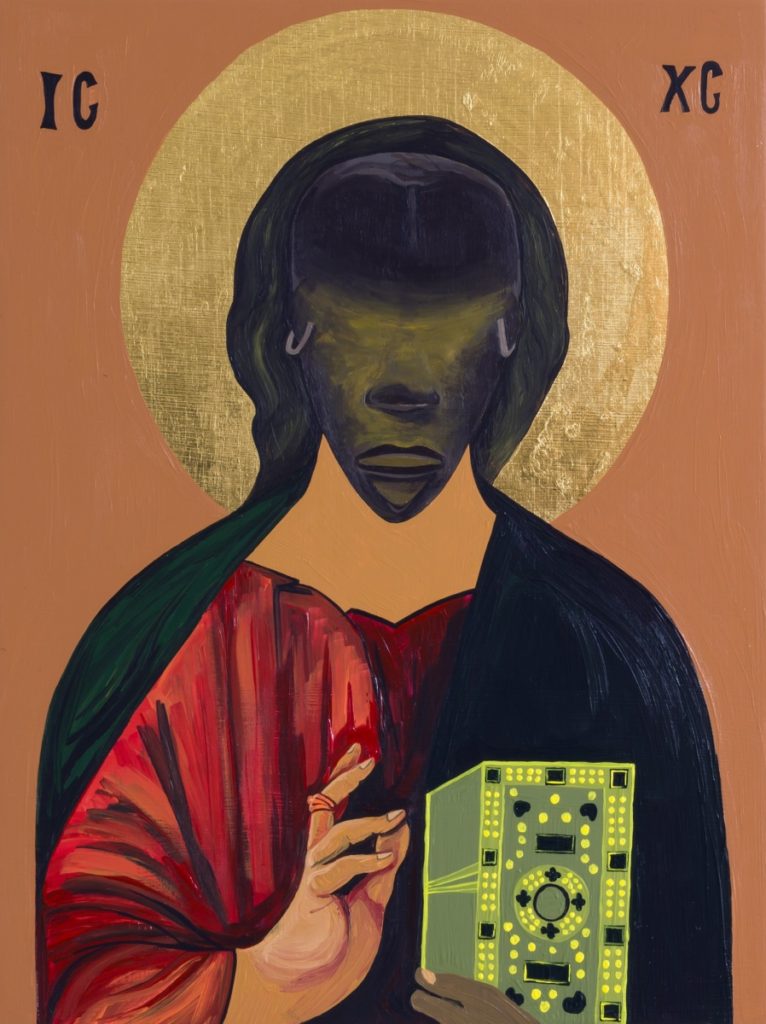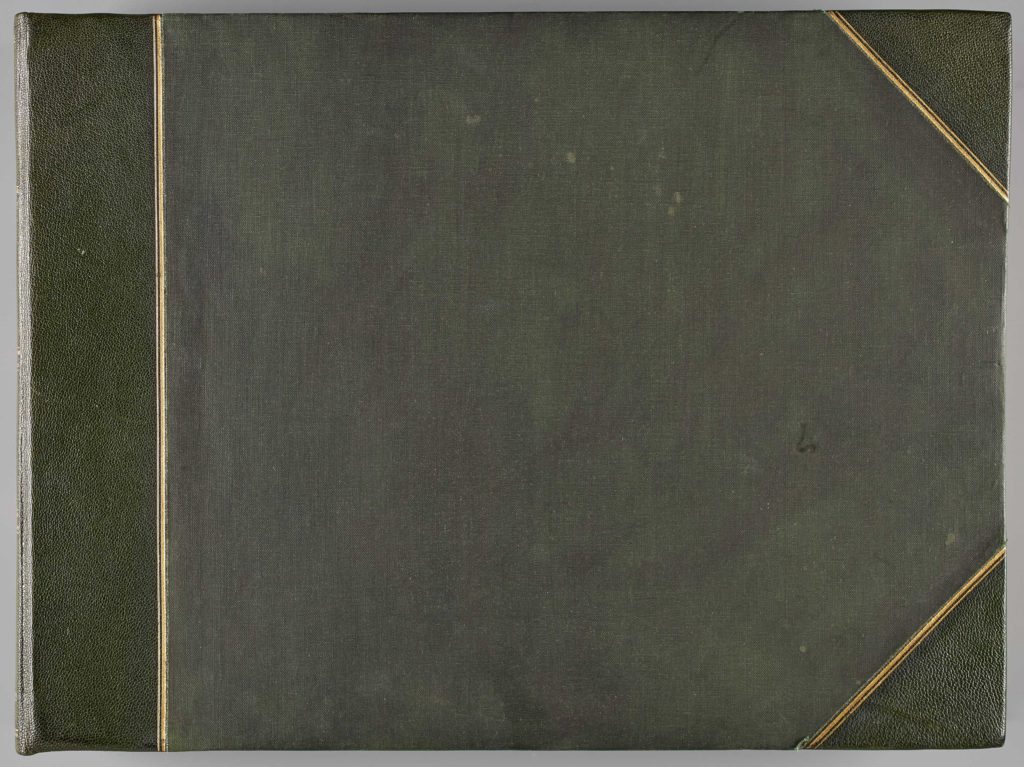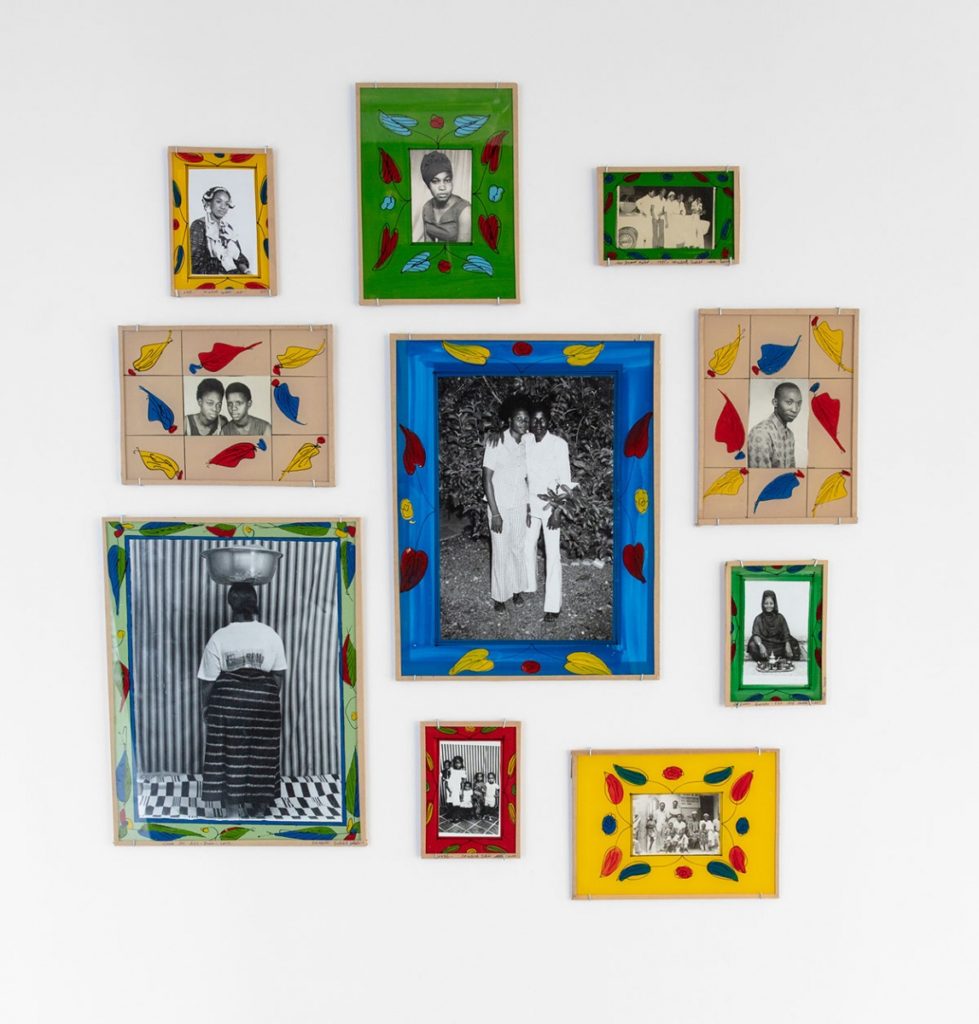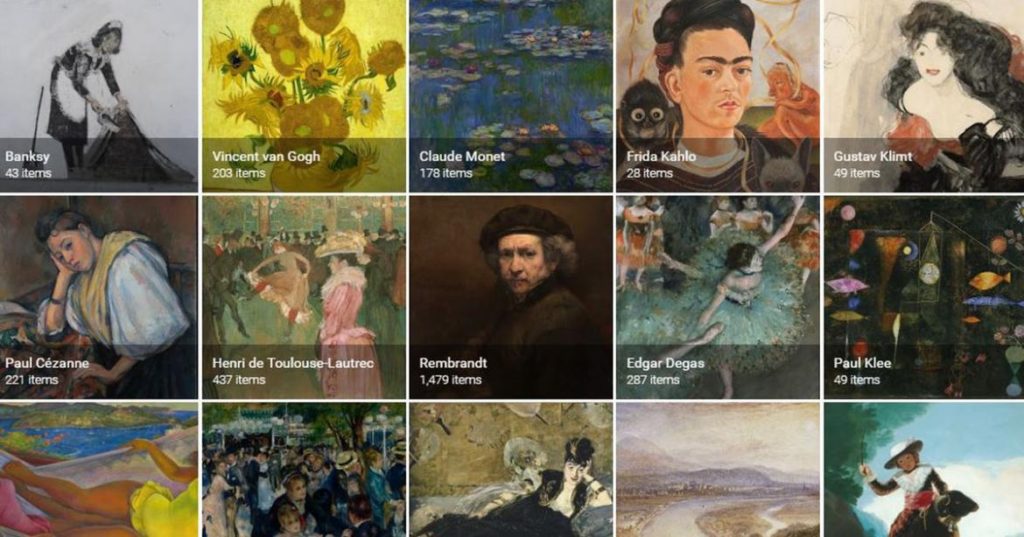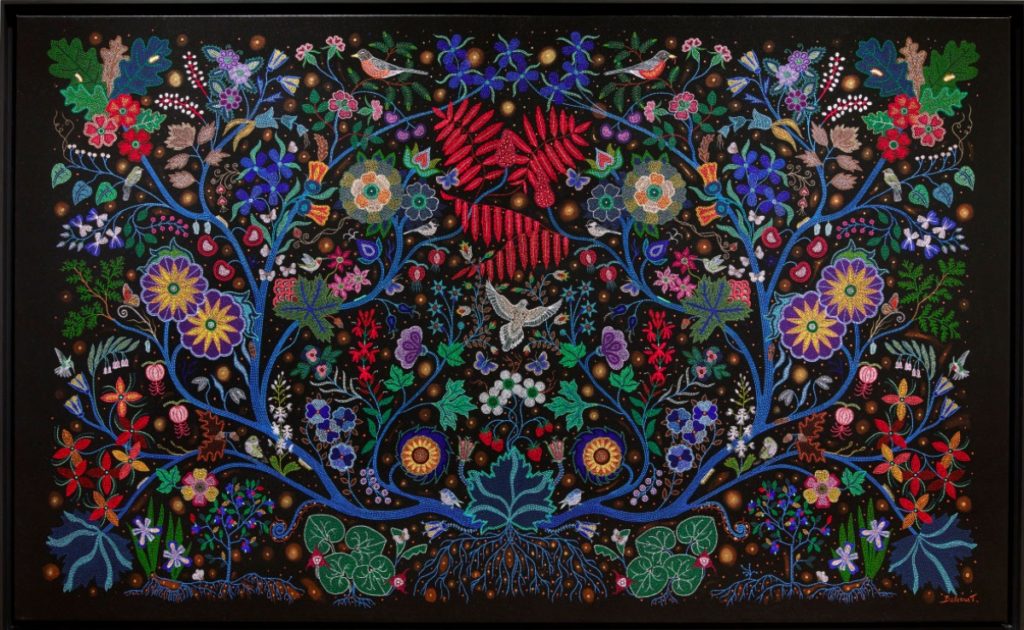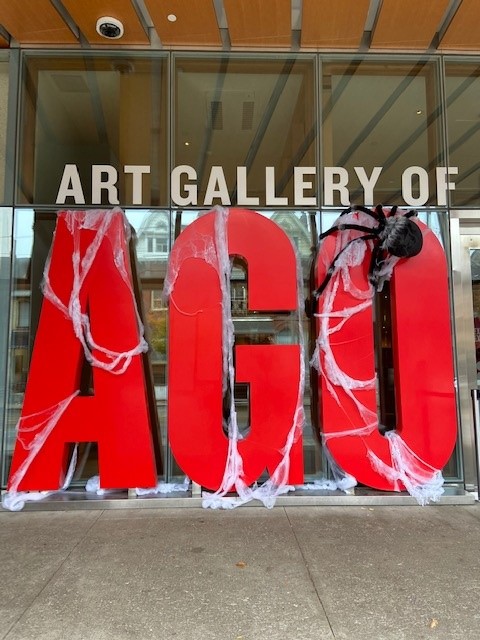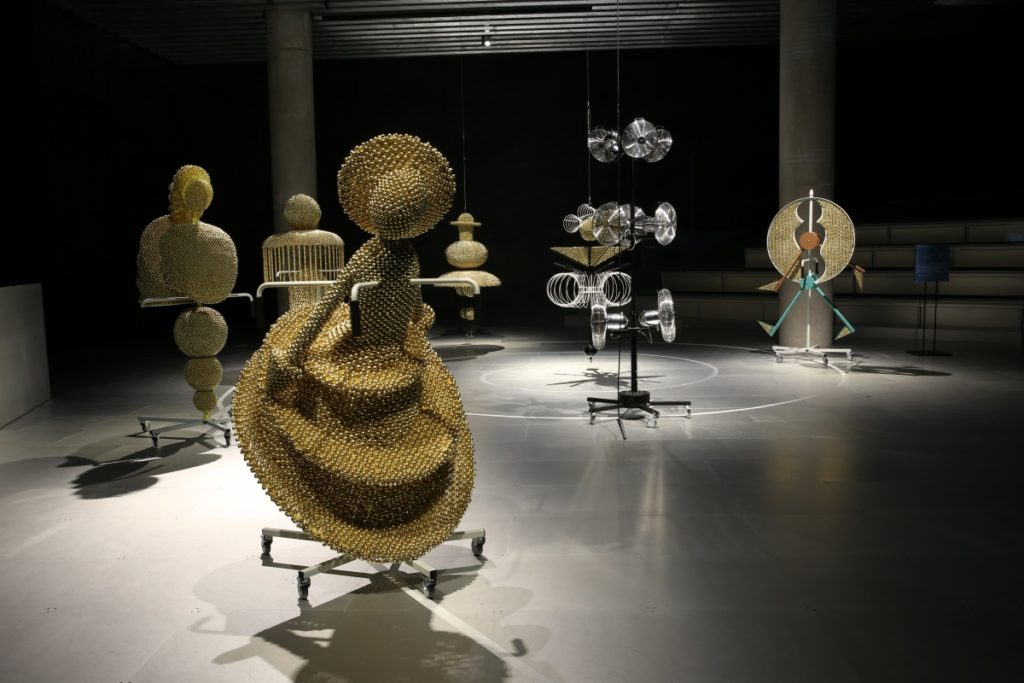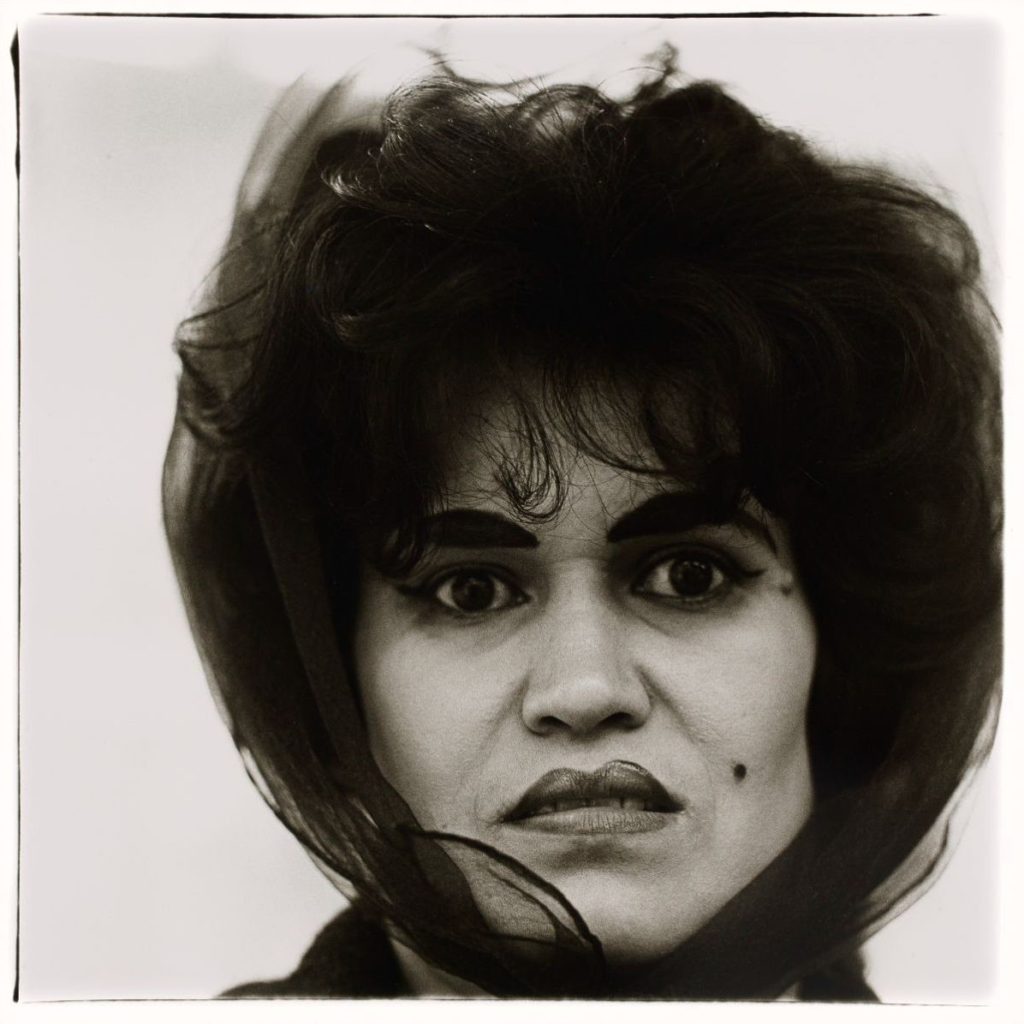Hello everybody!
Those were a glorious string of November days that we experienced last week – I hope you were able to get outside and enjoy them! Perhaps they were a gift to help us store some warmth and sun for the winter days ahead! I made the most of it by sitting on a bed of golden leaves while reading in the park – I have included a picture of my expedition below.
Last weekend we experienced an uptick in visitor excitement with the closing of Diane Arbus: 1956-1971, Photographs and Illusions: The Art of Magic! Now our exhibitions team is working diligently at closing the space in preparation for our next special exhibition, Studio 54: Night Magic. We have many smaller exhibitions that have recently opened throughout the gallery to keep it interesting for our visitors!
Read on!

Stress Relief Through Art!
With the number of Covid-19 cases continuing to rise, there is a palpable sense of stress in the world. The gallery currently remains open, but the bustle has slowed down which may also coincide with the closing of our special exhibitions. Yesterday, after recognizing my heightened level of stress, I decided to stroll through the European Collection in hopes that this would soothe my nerves. Rather than my usual rushed steps to get to destination or to complete a task, I consciously chose to slow down and focus my attention on the work in front of me. My stress levels noticeably lowered – another reminder of the incredible healing effects of art! While visiting the gallery may not be an option for some of you, I’m going to share videos from our collection that will hopefully transport you into a more relaxed state!

First up: enjoy an interesting talk facilitated by AGO Art Educator Lauren Spring (video linked here) who explores Agnes Martin’s The Rose, from a mental health awareness perspective.
Join our Art Educators and engage with artworks from Agnes Martin, Emily Carr and Alex Colville center around close observation and open-ended questions. You can join our next Mental Health Moments talk on Friday, November 20th at 11am by clicking here.
Studio 54: Night Magic (opening December 19, 2020 – April 5 2021)

How does a nightclub, open for less than three years, become the global epicentre of music, fashion and design? Studio 54: Night Magic transports visitors back to 1977 when revolutionary creativity, expressive freedom and sexual liberation transformed a New York City nightclub into a phenomenon. Here are some notes on the exhibition:
- Curated and designed by The Brooklyn Museum
- This is the first time in AGO history that we are hosting an exhibit that we haven’t had an opportunity to see in person!
- This will take up the entire Zacks Pavillion and will be compromised of 12 “rooms”
- This immersive exhibit featuring hundreds of objects, including photographs, films, sketches and designer fashions, the exhibition traces the nightclub’s trailblazing aesthetics while situating it within the broader social and historical context of the period
- The club was a place of celebrity and self-constructed celebrity
- There will be lighting effects throughout the exhibit which will be designed by our Logistics team member, Paul Mathesion, (who himself used to work at Studio 54!)
- Check out this New York times article on the exhibit here and our recent AGO Insider article here.
Michael Belmore
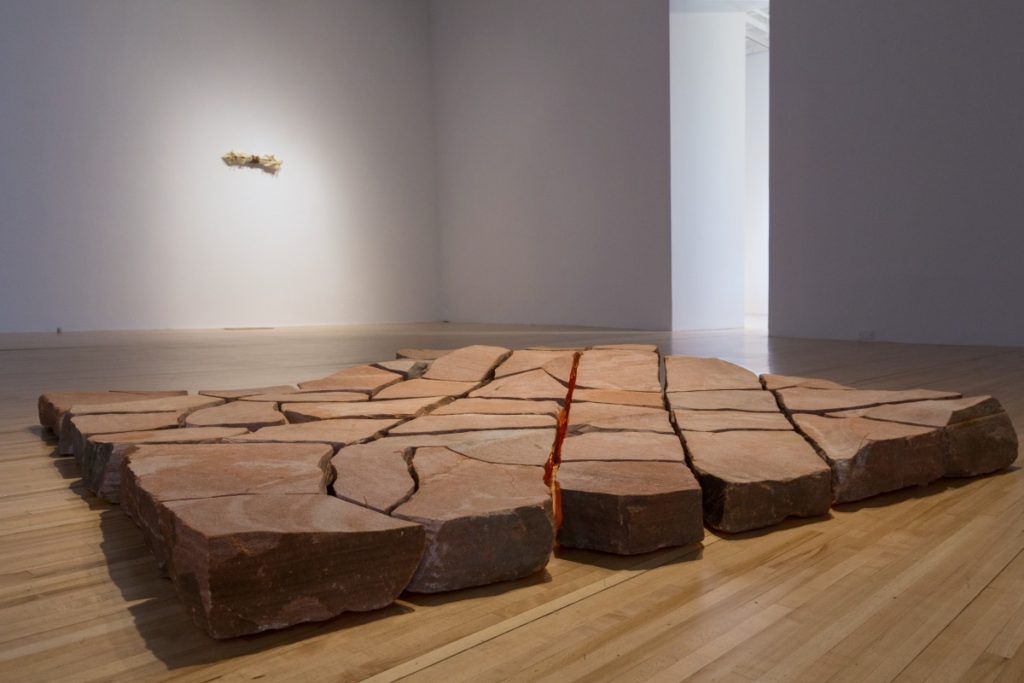
Anishinaabe artist Michael Belmore returns to the AGO with two new works in his self-titled exhibition which is on until March 21, 2021! He employs a variety of materials including wood, stone, and metals and draws inspiration from his surroundings, exploring the dramatic effects of human activity on the landscape.
The two works on display in gallery 238, exemplify the key themes in Belmore’s practice: Anishinaabe identity, and impact of North American settlers on the earth and its non-human inhabitants. You can find out more about both pieces directly from the artist by watching the short videos linked here and here.
Be well and stay healthy,
Christine, Trish and Nicole
